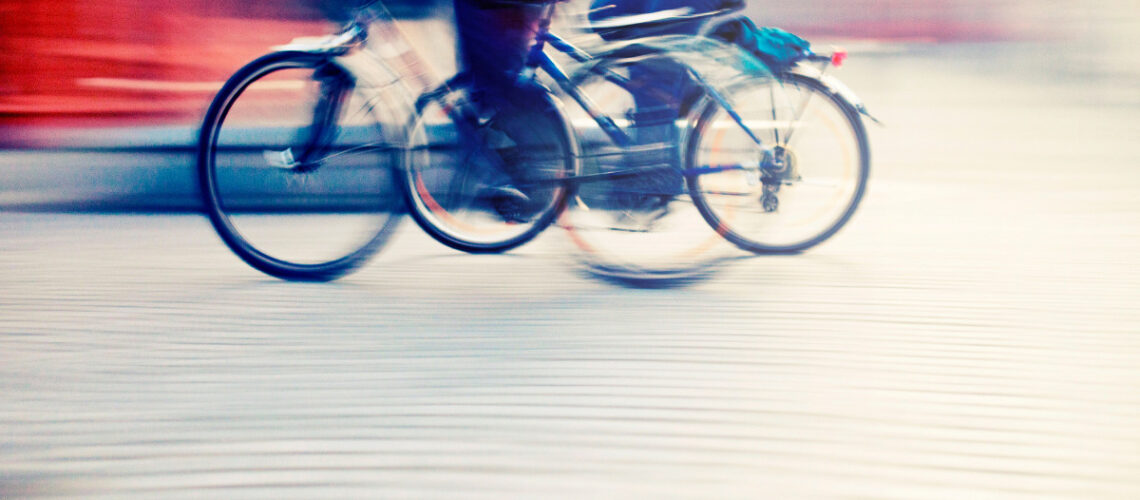With a growing awareness of environmental concerns and a heightened focus on sustainable urban development, the integration of cycling into the transportation landscape has emerged as a transformative force. Cycling offers a multitude of benefits, from reducing traffic congestion to improving public health, but its full potential can only be realized when paired with innovative infrastructure and thoughtful design. This article explores the concept of cycling architecture, a dynamic approach to urban planning that promotes cycling as a primary mode of transportation. From bike lanes to bike-sharing stations, this comprehensive guide examines the intricate web of elements that constitute cycling architecture and its role in shaping modern urban environments.
The Rise of Cycling as Transportation
As cities expand and the global population increases, the need for efficient and sustainable transportation becomes increasingly apparent. Traditional means of transport have led to several challenges, including congestion, air pollution, and overburdened public transit systems. As a response to these challenges, cycling has emerged as a practical and eco-friendly alternative. Cities worldwide are recognizing the value of investing in cycling infrastructure, and this paradigm shift has led to the rise of cycling as a popular means of transportation.
Creating a Cycling-Friendly Urban Landscape
Creating an environment that is conducive to cycling as a primary mode of transportation involves more than just adding bike lanes or bike racks. It requires a comprehensive approach that takes into account various elements of urban design, which together form the framework known as “cycling architecture.” These elements are integral in shaping the urban landscape for the benefit of cyclists and urban dwellers alike.
One of the most fundamental components of cycling architecture is the presence of dedicated bike lanes. These lanes provide a designated space for cyclists, ensuring their safety and convenience. These dedicated lanes can vary in form, from painted bike lanes on the road to fully segregated cycle tracks, physically separated from vehicular traffic.
The inclusion of bike lanes not only enhances the safety of cyclists but also promotes a culture of cycling. It empowers people to choose a healthier, more sustainable mode of transportation by providing a safe and reliable space to ride.
Bike-Share Programs: Promoting Accessibility
Another key element of cycling architecture is the implementation of bike-share programs. These programs make cycling more accessible to a broader range of people, providing an easy and cost-effective way to access bicycles. By strategically placing bike-sharing stations throughout the city, planners can encourage more residents and visitors to take up cycling for daily commuting or short trips.
Accessible bike-sharing stations are particularly vital for reducing the initial barriers that prevent people from using bicycles as transportation. It helps to bridge the gap between those who already own bikes and those who might not have access to one, creating a more inclusive urban environment.
Intersection and Traffic Flow Design: Enhancing Safety
Creating a cycling-friendly city means considering the intersections and traffic flow design. Innovative cycling architecture optimizes these critical aspects by implementing advanced traffic management systems and incorporating cyclist-specific features. Roundabouts, bike boxes, and specialized traffic signals for cyclists are just a few examples of this approach.
Cycling architecture aims to make intersections safer by reducing the risk of collisions between cyclists and motor vehicles. Proper design can also minimize delays and conflicts between different modes of transportation, contributing to a more harmonious and efficient urban landscape.
Bike Parking and Storage: Ensuring Convenience
While cycling offers numerous advantages, the lack of secure bike parking and storage can be a significant deterrent for potential cyclists. Cycling architecture addresses this concern by incorporating ample bike parking facilities at various locations throughout the city. These facilities include secure bike racks, covered storage areas, and bike lockers.
Cycling architecture recognizes that convenient and secure parking is essential to encourage cycling. When people know they can safely store their bikes, they are more likely to choose cycling as their primary mode of transportation. These parking facilities not only serve as a practical solution but also enhance the overall aesthetic of the urban environment.
Greenways and Scenic Routes: Promoting Enjoyable Cycling
Cycling architecture isn’t just about practicality; it’s also about creating enjoyable and scenic routes that make cycling a pleasurable experience. Greenways, or bike-friendly paths that often follow natural landscapes, offer a more picturesque and tranquil alternative to congested streets.
Greenways provide a serene escape from the urban hustle and bustle, connecting cyclists to parks, waterfronts, and other natural elements. This approach not only promotes cycling but also enhances the quality of life for urban residents.
Biking as a mode of transportation has seen a resurgence in recent years, thanks to growing environmental consciousness and a desire for healthier, more sustainable living. Architecture has proven to be a vital partner in this movement, playing a central role in creating a cyclist-friendly urban environment. From dedicated bike lanes and green cycling corridors to bike-friendly building designs and innovative intersection solutions, cycling architecture is reshaping our cities, making biking an accessible, safe, and enjoyable choice for commuters.
As architects, urban planners, and communities continue to prioritize and invest in cycling infrastructure, we can look forward to a future where cycling seamlessly integrates with our urban environments. The synergy between cycling and architecture has the potential to transform the way we move through our cities, reducing congestion, lowering emissions, and fostering a healthier and more connected society.

